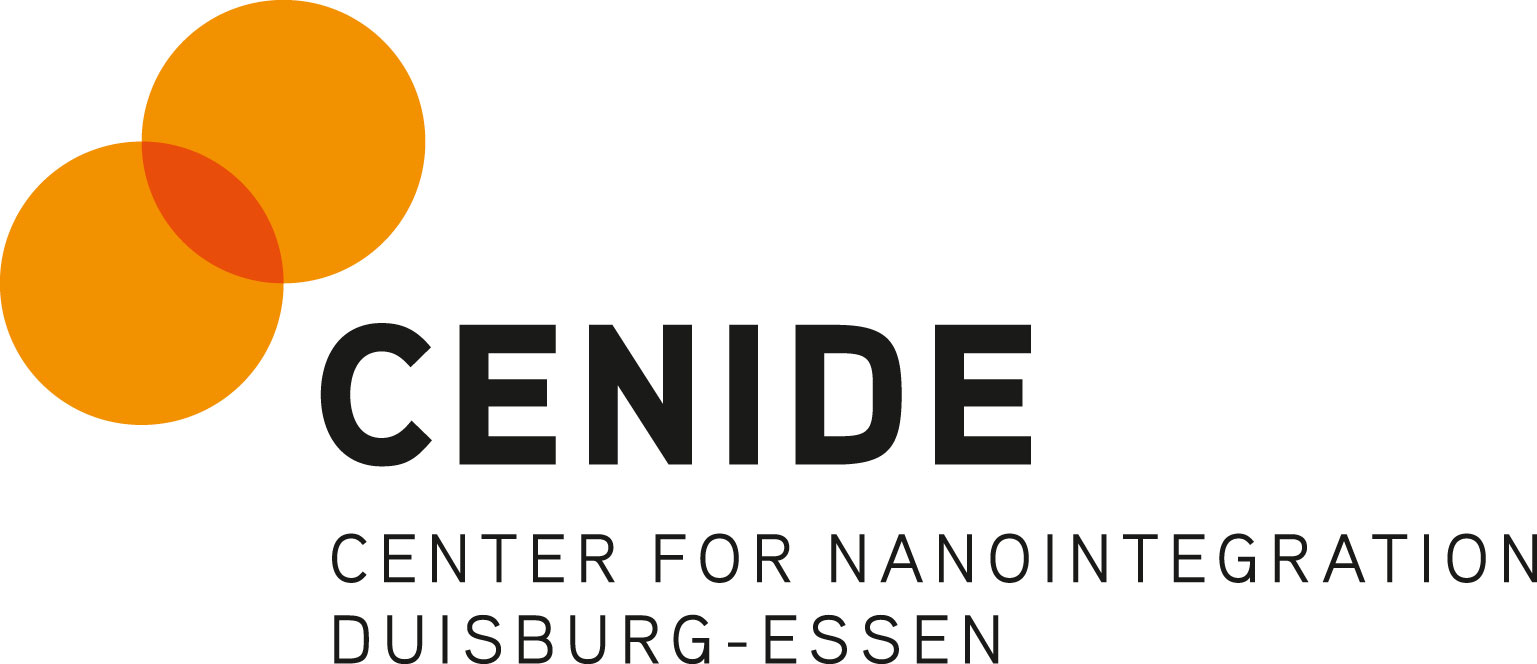Disinfection with UV light
Graphene significantly increases efficiency
It kills germs reliably and without leaving any residue: UV light is used for disinfection in laboratories and surgeries or to treat water. Until now, mercury lamps have been needed for this purpose, but they are expensive, bulky and toxic. Special light-emitting diodes (LEDs) that emit UVC light are promising, but have so far been less efficient. Engineers at the University of Duisburg-Essen have now succeeded in integrating graphene directly into such components. This transparent, atomically thin layer of carbon atoms makes UVC LEDs significantly more efficient. Advanced Materials reports.
LEDs, which illuminate homes and stores, convert almost 100 percent of electrical energy into light. UVC LEDs, on the other hand, only convert a small proportion of the electrical energy into ultraviolet light, which is suitable for disinfection. Their efficiency is only in the single-digit percentage range. The reasons for this vary depending on the design of the diodes.
In the standard design, in which the extremely short-wave light emerges from the top of the LED, the current distribution in the component is the critical point: the current must be fed in over as large an area as possible, while at the same time the material used for this purpose should allow the UVC light to pass through. In the flip-chip design, where the light is emitted from the back of the LED, a large electrical resistance must be overcome between a reflective layer and the semiconductor. The operating voltage required for this, in some cases more than 10 volts, significantly reduces the efficiency of the LED. As the market for UVC LEDs is huge, research into the technology is being carried out worldwide.
The engineers led by the two first authors Johanna Meier and Hehe Zhang from Prof. Dr. Gerd Bacher’s working group have now succeeded in depositing graphene directly onto the LED wafers and integrating it into the components. The development work on graphene deposition in the international research training group 2D-MATURE played a key role in this. The process used here, plasma-assisted chemical vapor deposition, takes place at low temperatures and is therefore gentle on components and inexpensive. Due to its excellent electrical conductivity, the graphene acts as a current distribution layer in the standard version of the UVC LEDs, while in the flip-chip version it creates the balancing contact between the aluminum mirror and the semiconductor. In both designs, it significantly increases the efficiency of the LEDs.
“What we have achieved here is a breakthrough in two respects,” explains Meier. “Firstly, we were able to show that graphene of good quality can be integrated directly into the process chain of UVC LEDs. Secondly, the use of graphene in UVC LEDs represents a disruptive approach with which we can increase the efficiency of such LEDs. What we have successfully demonstrated here on a laboratory scale, we will now continue with industrial participation and make it ready for the market.” The deposition of graphene on functional substrates is being further developed in the 2D-MATURE research training group. The next generation of doctoral students is currently being sought for this – the next breakthrough is certainly already waiting.
In the picture: Schematic diagrams of UVC LEDs in standard design (left) and flip-chip geometry. © UDE/Johanna Meier
Original publication:
J. Meier, H. Zhang, U. Kaya, W. Mertin, and G. Bacher, Graphene-Enhanced UV-C LEDs, Advanced Materials 2024, 2313037
https://onlinelibrary.wiley.com/doi/10.1002/adma.202313037
Further information:
Prof. Dr. Gerd Bacher, Materials in Electrical Engineering, Tel. 0203/37 9-3406, gerd.bacher@uni-due.de
Editor: Birte Vierjahn, Tel. 0203/37 9-2427, birte.vierjahn@uni-due.de
https://www.uni-due.de/2024-10-09-graphen-erhoeht-effizienz-von-uvc-leds-erheblich



